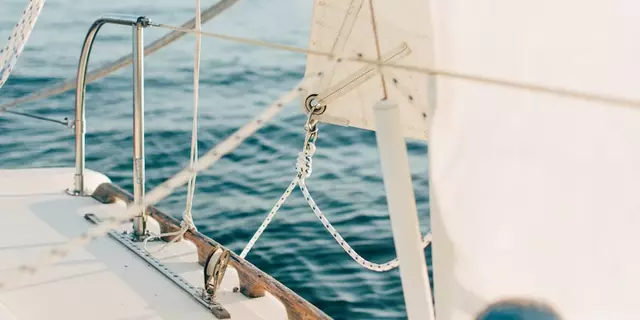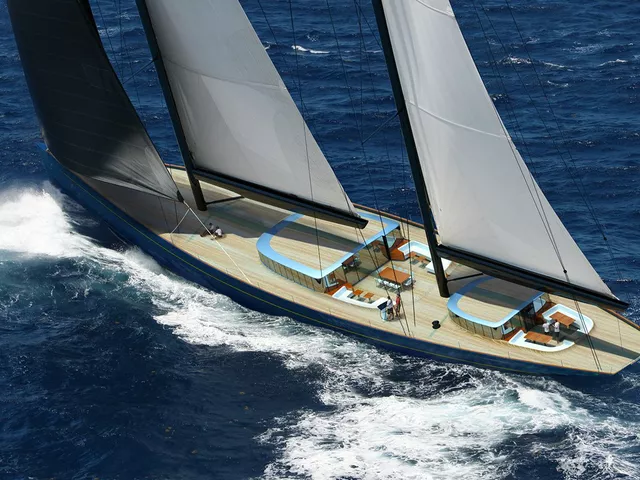 22 Jul,2023
22 Jul,2023
Understanding Seaworthy Sailing Boats
Before we dive into the specifics, let's first define what we mean by 'seaworthy'. A seaworthy sailing boat, in simplest terms, is a boat that can safely navigate the open seas. These boats are designed and built to withstand the forces of the ocean, from high winds and waves to unpredictable weather conditions. They are equipped with the necessary safety features to ensure the wellbeing of the crew on board. But what makes a boat truly seaworthy goes beyond basic construction and equipment. It's about the boat's performance, its handling, and its overall ability to meet the demands of the sea.
The Core Features of Seaworthy Sailing Boats
There are several core features that all seaworthy sailing boats share. These include a sturdy hull, a reliable propulsion system, an efficient navigation system, and a well-designed deck layout. The hull is the foundation of the boat and needs to be strong enough to withstand the forces of the sea. The propulsion system, usually a combination of sails and an engine, must be reliable and able to handle a variety of sea conditions. The navigation system is crucial for plotting courses and avoiding obstacles, while the deck layout should allow for easy movement and operation of the boat.
The Importance of Size and Design
The size and design of a sailing boat play a crucial role in its seaworthiness. Larger boats tend to be more stable and can handle rougher seas, but they also require more skill to navigate and maintain. Smaller boats are easier to handle, but they may not be as stable or as equipped to handle rough sea conditions. The design of the boat also matters. Boats with a deep keel, for example, tend to be more stable than those with a shallow keel. Similarly, boats with a wide beam (the width of the boat at its widest point) are generally more stable than narrow boats.
Essential Safety Features
Safety is paramount when it comes to seaworthy sailing boats. These boats should be equipped with a variety of safety features, including life jackets, a life raft, flares, a VHF radio for communication, a bilge pump to remove water from the boat, and a fire extinguisher. Additionally, the boat should have a sturdy handrail around the deck to provide stability for the crew, and the deck itself should be non-slip to prevent accidents. All of these features are crucial for ensuring the safety of the crew in case of an emergency.
Comfort and Habitability
While safety and performance are paramount, comfort and habitability also play a significant role in the seaworthiness of a sailing boat. After all, the crew needs to live and work on the boat, often for extended periods of time. Therefore, a seaworthy sailing boat should have comfortable sleeping quarters, a functional galley for preparing meals, and adequate storage space for personal belongings and equipment. The boat's interior should be well-ventilated and insulated to protect against the elements, and there should be enough headroom for the crew to move around comfortably.
Maintenance and Care
A seaworthy sailing boat requires regular maintenance and care to keep it in top condition. This includes routine inspections of the hull, sails, engine, and other critical systems, as well as regular cleaning and upkeep. Proper maintenance not only ensures the boat's performance and safety but also prolongs its lifespan and maintains its value. Therefore, understanding and committing to the maintenance requirements of a sailing boat is an essential part of owning a seaworthy vessel.
Choosing the Right Seaworthy Sailing Boat
Choosing the right seaworthy sailing boat depends on a variety of factors, including your sailing skills, your budget, and your intended use for the boat. If you're a beginner, you might want to start with a smaller, easier-to-handle boat. If you're an experienced sailor planning to embark on long voyages, a larger, more robust boat might be more suitable. Regardless of your choice, remember that a truly seaworthy sailing boat is one that can safely and efficiently navigate the open seas, while providing a comfortable and habitable environment for the crew.





Write a comment